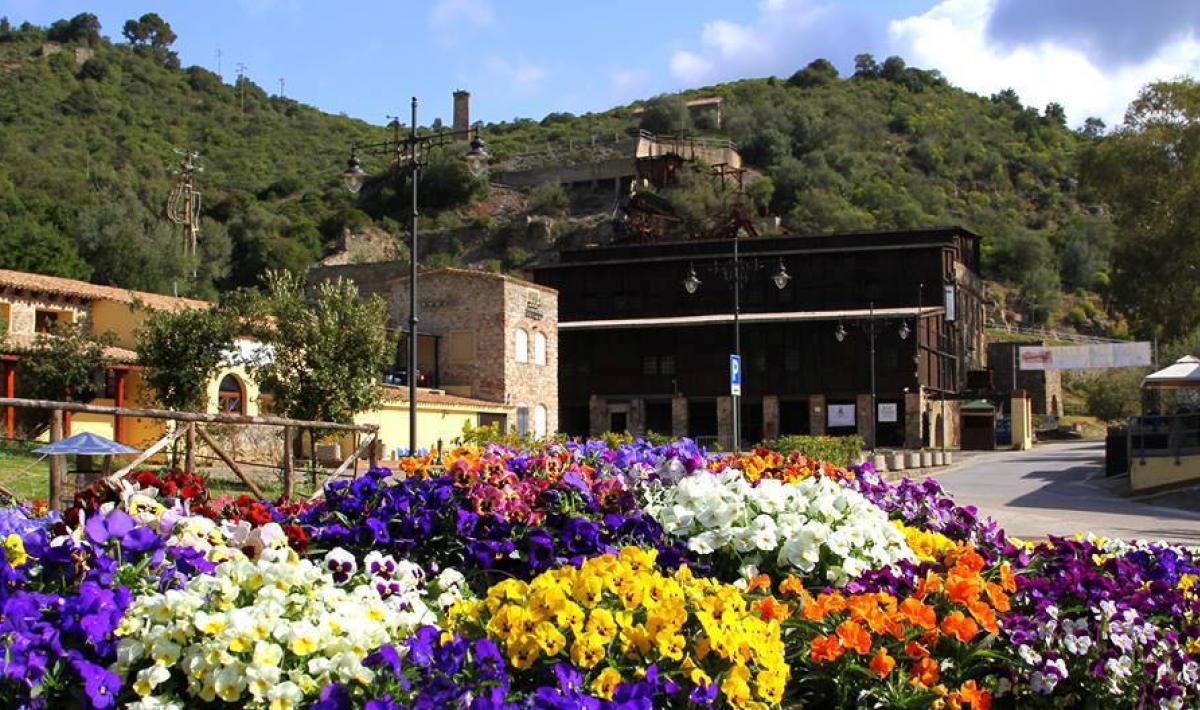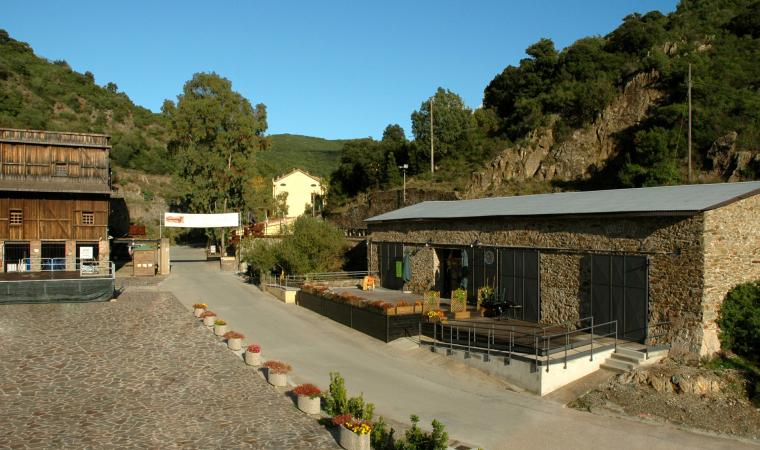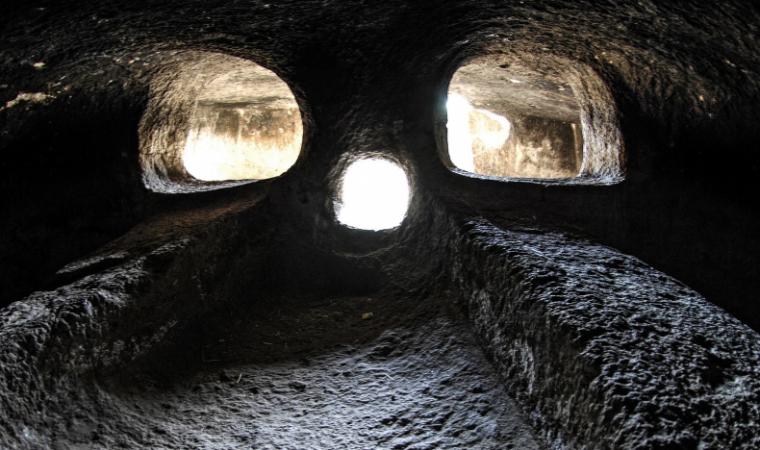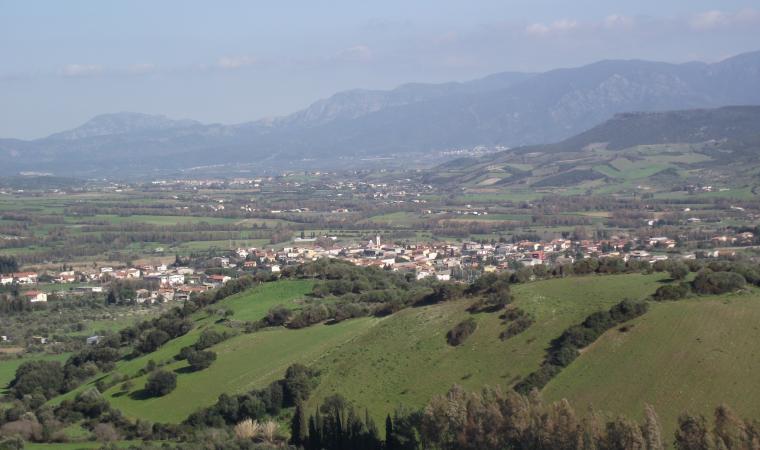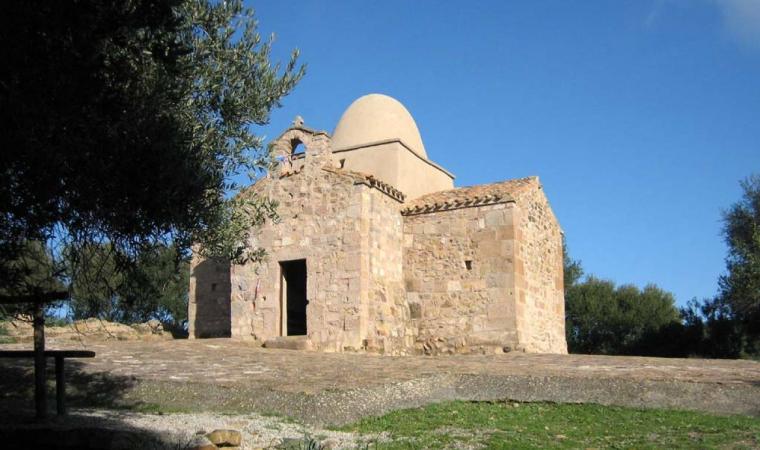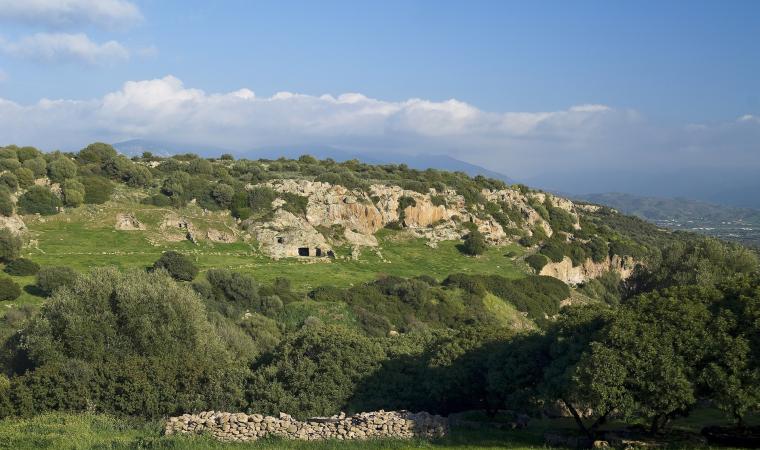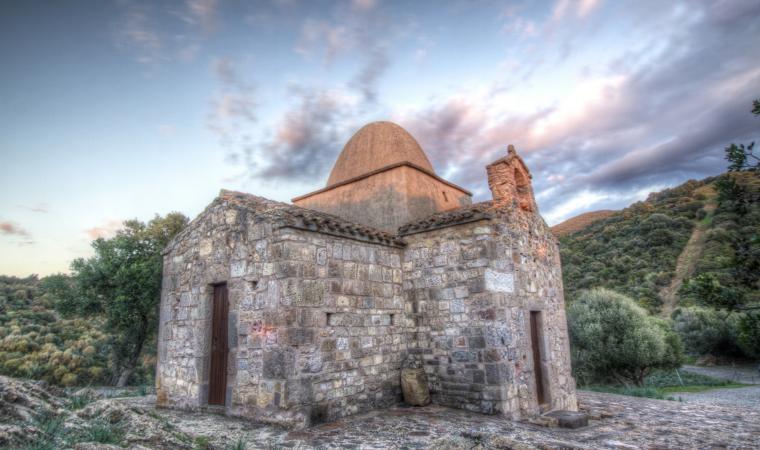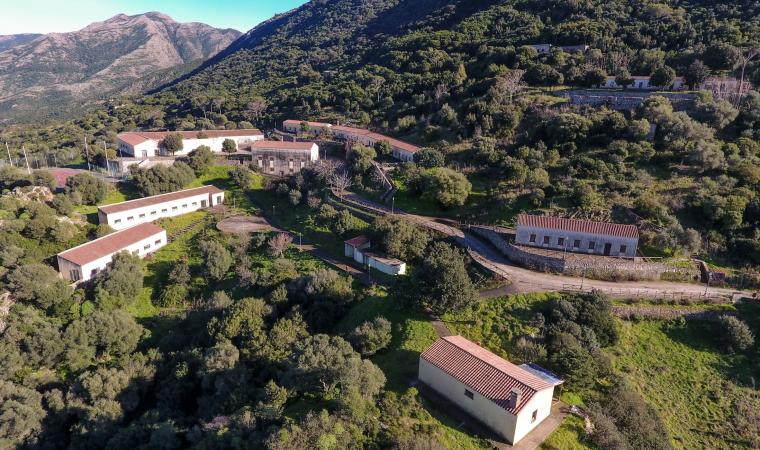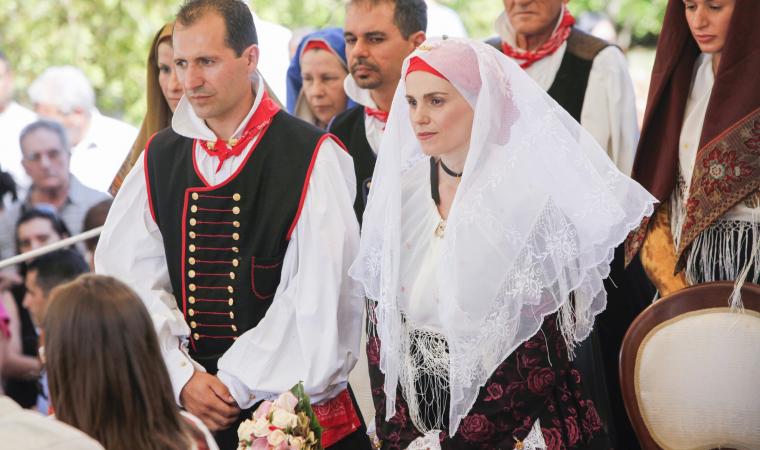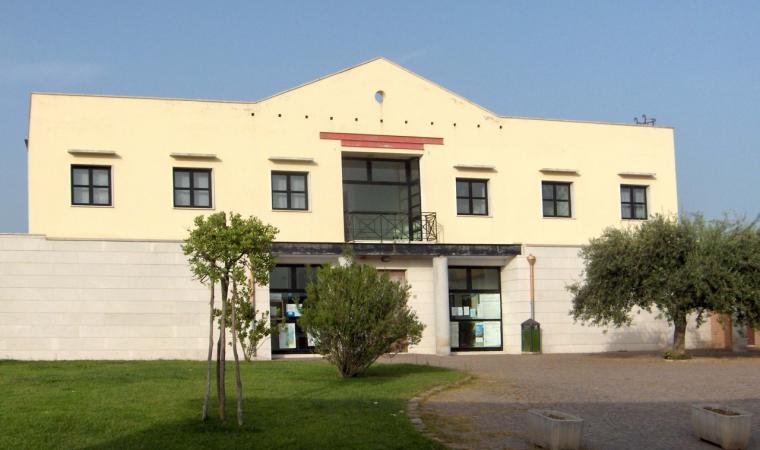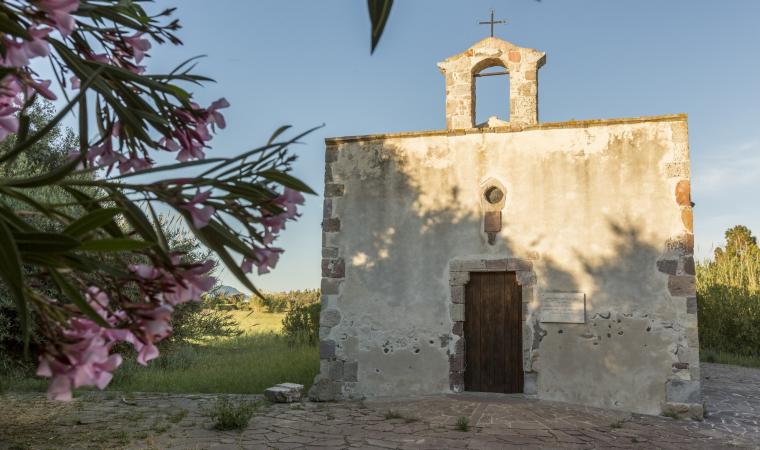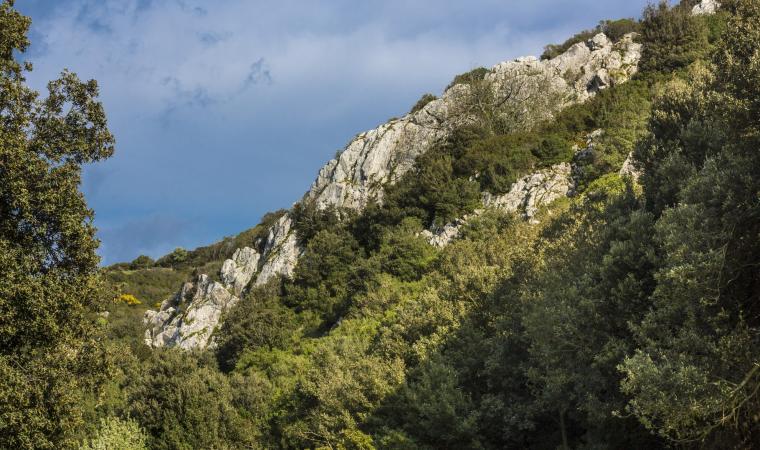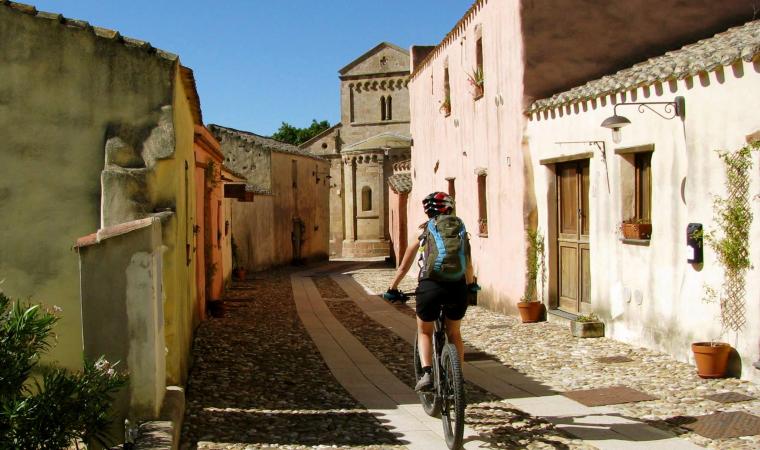An accurate and fascinating open-air museum exhibition of industrial archaeology. Washery, tunnels, mining plants and lodgings for the workers of the mining village of Rosas, once the protagonists of the Sulcis mining age, now live in harmony with the surrounding environment again, amidst the hills covered with oaks, holm oaks and Mediterranean scrub of Terrubia. The locality, less than seven kilometres from Narcao, a small town near Carbonia, has been frequented since prehistoric times: the oldest evidence is from the Nuragic age, while the first traces of utilisation of the lead, zinc, iron and copper deposits date back to the Roman era and, during the Middle Ages, to the arrival of the Pisans. Official recognition as a mining area took place in 1849 and a 130 -year history began here. In fact, the mining facilities remained active until 1980. With their definitive closure, the village was abandoned, becoming a ‘ghost village’, until a decision was made to recover and redevelop the complex of buildings and plants for museum and accommodation purposes.
Today, associated with the mine of Sebariu and other sites in Carbonia, Rosas is part of one of the eight districts that make up the Historical and Environmental Geology and Mining Park of Sardinia. The complex consists of the ruins of the mine, the Santa Barbara tunnel, the geo-mineralogical and industrial archaeology museums and the old miners’ houses, which have become a scattered hotel, where you can spend relaxing stays surrounded by nature, discovering the mining period and in contact with the cultural and food and wine traditions of the Sulcis region. Inside the washery, the beating heart of the site, there is the museum of industrial archaeology. On the ground floor, you can see the large mills for processing minerals - still perfectly functional - and the majestic and original flotation plant. On the upper floor, the multimedia rooms with screens and ‘little mine shafts’ retrace the history of Rosas and the Narcao mines, narrated by the protagonists, the former miners. There is another exhibition space in the square in the centre of the village: here too, thanks to illustrative panels, documents and work equipment, you can retrace the history of the mine, from discovery to decline, and then its rebirth as a museum compendium. During a visit to the Santa Barbara tunnel, in addition to learning about the working conditions inside a lead and zinc mine, you will see various types of well excavation, chestnut wood frameworks and cultivation methods, with the use of explosives and drills. Lastly, in the showcases at the geo-mineralogical exhibition, you will discover the minerals extracted in the Rosas deposits, including rosatite, a special blue-green copper and zinc carbonate, discovered here in 1908.
In addition to the mine, Narcao is known for the Narcao Blues festival, one of the main musical festivals on the Island. Its territory is dotted with prehistoric and ancient ruins, including the dolmens and menhirs of the hamlet of Terraseo, the corridor-type protonuraghe Atzei and the remains of a Punic temple dedicated to Demeter and Kore.

